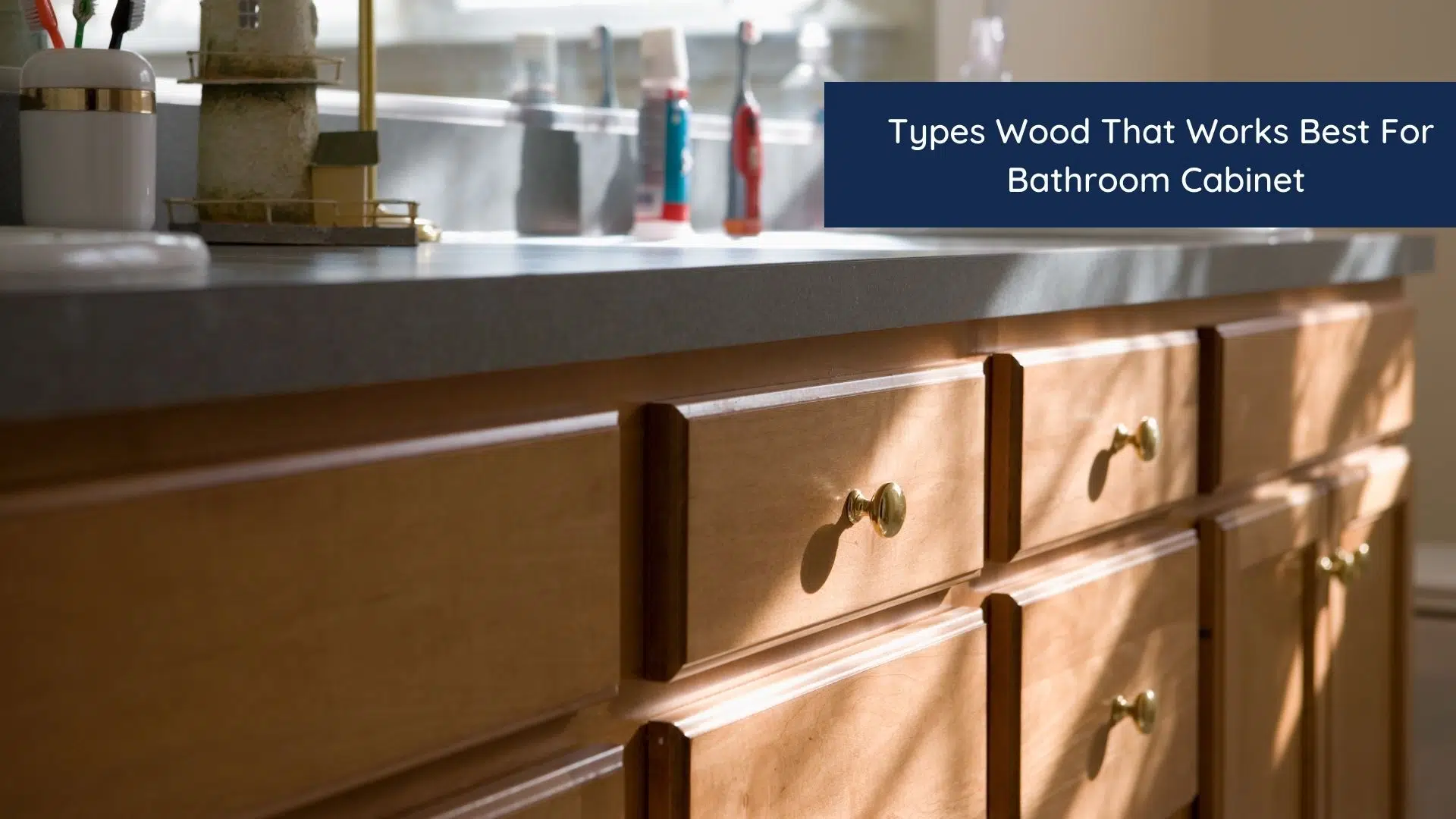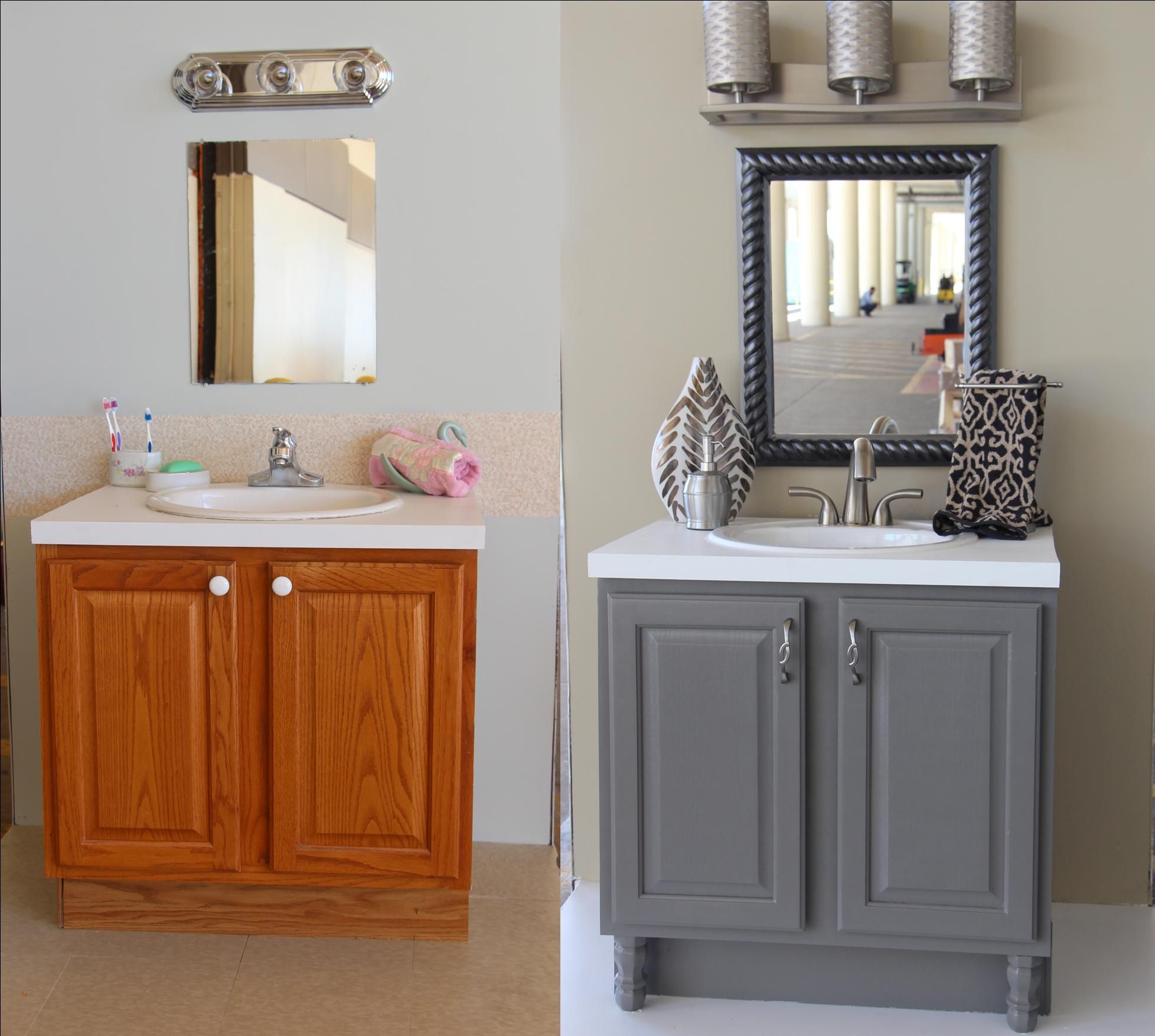Wood Species for Bathroom Cabinets: Best Type Of Wood For Bathroom Cabinets

Choosing the right wood for your bathroom cabinets is crucial, as it will affect the durability, moisture resistance, and overall aesthetic of your space. Each wood species offers unique advantages and disadvantages, influencing both functionality and cost.
Hardwoods for Bathroom Cabinets
Hardwoods are known for their strength, durability, and attractive grain patterns. They are typically more expensive than softwoods but offer superior performance in demanding environments like bathrooms.
- Oak: Oak is a popular choice for bathroom cabinets due to its durability, resistance to moisture, and beautiful grain patterns. It is also relatively easy to work with and can be stained in a variety of colors.
Oak is a strong, durable wood with a classic look. Its tight grain makes it resistant to scratches and dents, making it a good choice for high-traffic areas.
- Maple: Maple is another strong and durable hardwood that is known for its smooth, even grain and light color. It is a good choice for contemporary or minimalist bathrooms.
Maple is a very hard wood, known for its strength and durability. It can be finished to a high gloss, giving it a modern look.
- Cherry: Cherry is a beautiful hardwood with a rich, reddish-brown color that deepens with age. It is known for its durability and resistance to moisture, making it a good choice for bathroom cabinets.
Cherry wood has a beautiful, warm color that adds a touch of elegance to any bathroom. Its tight grain makes it resistant to moisture and scratches.
- Walnut: Walnut is a luxurious hardwood with a distinctive dark brown color and beautiful grain patterns. It is a very durable wood that is resistant to moisture and scratches.
Walnut is a highly sought-after wood known for its rich color and distinctive grain patterns. Its durability and moisture resistance make it an excellent choice for bathroom cabinets.
- Mahogany: Mahogany is a beautiful hardwood with a reddish-brown color and a distinctive grain pattern. It is known for its durability and resistance to moisture, making it a good choice for bathroom cabinets.
Mahogany is a luxurious wood known for its rich color and beautiful grain patterns. Its durability and moisture resistance make it a good choice for high-end bathroom cabinets.
Softwoods for Bathroom Cabinets, Best type of wood for bathroom cabinets
Softwoods are generally less expensive than hardwoods and are known for their lightweight and easy-to-work properties. However, they are not as durable as hardwoods and may not be as resistant to moisture.
- Pine: Pine is a softwood that is known for its affordability and light color. It is a good choice for budget-friendly bathroom cabinets.
Pine is a softwood that is known for its affordability and light color. However, it is not as durable as hardwoods and is susceptible to scratches and dents.
- Fir: Fir is a softwood that is similar to pine in terms of its affordability and light color. It is also a good choice for budget-friendly bathroom cabinets.
Fir is a softwood that is known for its affordability and light color. It is also a good choice for budget-friendly bathroom cabinets.
- Cedar: Cedar is a softwood that is known for its distinctive aroma and natural insect-repelling properties. It is a good choice for bathroom cabinets that are exposed to moisture.
Cedar is a softwood that is known for its distinctive aroma and natural insect-repelling properties. It is also resistant to moisture, making it a good choice for bathroom cabinets.
Factors to Consider for Bathroom Cabinet Wood

Choosing the right wood for your bathroom cabinets is crucial, as these spaces are prone to moisture and humidity, which can damage wood over time.
Moisture Resistance
The bathroom environment is notoriously humid, with steam and water vapor constantly present. This makes moisture resistance a paramount consideration when selecting wood for bathroom cabinets. Moisture can lead to warping, swelling, and even rotting of the wood, compromising the structural integrity and aesthetic appeal of your cabinets.
Impact of Humidity and Temperature Fluctuations
Humidity and temperature fluctuations can significantly impact wood. High humidity causes wood to absorb moisture, leading to expansion and potential warping. Conversely, dry conditions can cause wood to shrink, resulting in cracks and gaps. These changes in dimensions can affect the fit and function of your cabinets.
Finishes and Coatings
Finishes and coatings play a vital role in protecting wood from moisture damage. They create a barrier that prevents water from penetrating the wood’s surface.
- Polyurethane: A popular choice for bathroom cabinets, polyurethane is known for its durability, moisture resistance, and ability to enhance the wood’s natural beauty.
- Epoxy: Epoxy coatings offer excellent moisture resistance and durability, making them ideal for high-traffic areas like bathrooms.
- Oil-based finishes: While offering a beautiful, natural finish, oil-based finishes provide less protection against moisture than polyurethane or epoxy.
Alternative Materials for Bathroom Cabinets

While traditional wood remains a popular choice for bathroom cabinets, alternative materials offer a range of benefits in terms of cost, durability, and moisture resistance. These materials provide viable options for homeowners seeking a balance between functionality and aesthetics.
Engineered Wood
Engineered wood products like MDF (Medium-Density Fiberboard) and plywood are created by combining wood fibers or veneers with adhesives. These materials offer advantages over solid wood in terms of affordability, stability, and consistency.
- MDF is a dense and smooth material made from wood fibers that are pressed together with resin. It is known for its consistent surface, making it ideal for painting or laminating. MDF is also relatively inexpensive and readily available.
- Plywood is made by layering thin sheets of wood veneer with the grain direction alternating in each layer. This construction technique results in a strong and stable material that is less prone to warping or cracking. Plywood is generally more expensive than MDF but offers superior strength and durability.
Durability and Moisture Resistance of Engineered Wood
Engineered wood is generally more durable than solid wood, particularly when exposed to moisture. MDF and plywood are engineered to withstand humidity and temperature fluctuations, making them suitable for bathroom environments. However, it is essential to select moisture-resistant varieties of these materials and to apply appropriate finishes to enhance their protection.
Cost Comparison of Engineered Wood and Traditional Wood
Engineered wood products are generally more affordable than solid wood, particularly for large-scale projects like bathroom cabinets. MDF is the most economical option, while plywood offers a balance between cost and durability. However, the cost of engineered wood can vary depending on the type, thickness, and quality.
Laminate
Laminate is a composite material consisting of layers of paper or plastic impregnated with resin. It is available in a wide variety of colors, patterns, and finishes, offering versatile design options for bathroom cabinets.
- Melamine is a type of laminate that is commonly used for kitchen and bathroom cabinets. It is known for its durability, moisture resistance, and affordability. Melamine is available in various colors and finishes, allowing for customization.
- Thermofoil is a type of laminate that is applied to a substrate, such as MDF or plywood, using heat and pressure. It creates a smooth, durable, and moisture-resistant finish that mimics the look of wood grain. Thermofoil is generally more expensive than melamine but offers a more luxurious appearance.
Durability and Moisture Resistance of Laminate
Laminate is highly durable and moisture-resistant, making it an ideal choice for bathroom cabinets. Its non-porous surface prevents water absorption, minimizing the risk of damage from spills or humidity.
Cost Comparison of Laminate and Traditional Wood
Laminate is generally more affordable than solid wood, offering a cost-effective alternative for bathroom cabinets. Melamine is the most budget-friendly option, while thermofoil provides a more premium look at a higher cost.
